Is there any Vietnamese person who isn't proud of their Dragon and Immortal ancestry, with the legend of Father Lac Long Quan and Mother Au Co? Is there any Vietnamese person who doesn't remember the legend of Thang Long, the flying dragon, the capital with over a thousand years of civilization? It's strange that among the twelve zodiac animals, the dragon is the only one that doesn't exist in real life. Yet, the dragon has appeared most frequently in Vietnamese art history from the 10th century to the end of the 19th century.
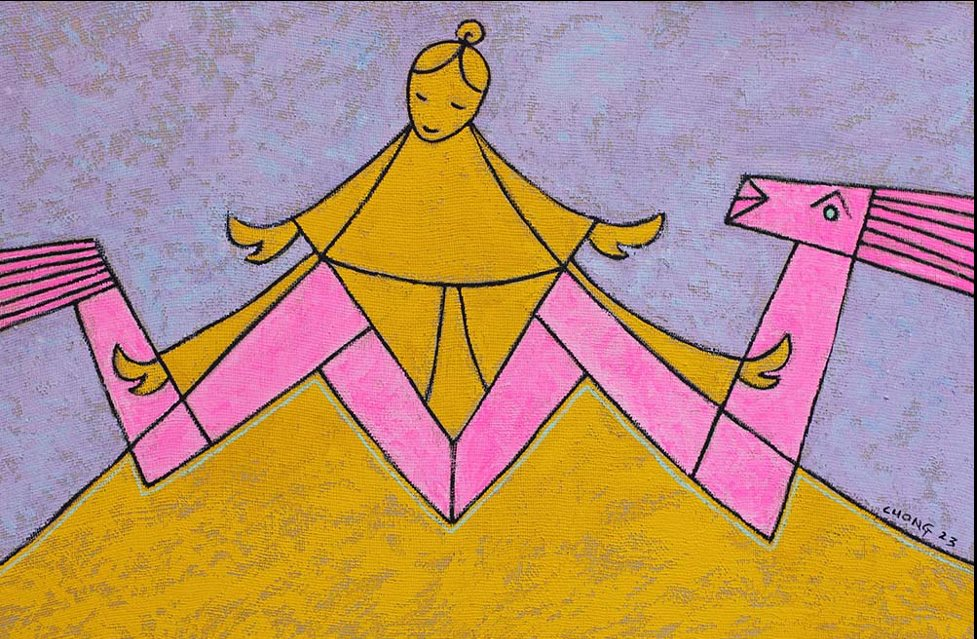
Pigments on dó paper-backed screen fabric (36x55cm)
Over 1000 years, spanning various periods (from the Ly, Tran, Ho, early Le, Mac, later Le, late Le, and Nguyen dynasties), the image of the dragon has undergone many changes in form, composition, and materials.
The following main characteristics are easily discernible: Ly Dynasty dragons are smooth, delicate, and gracefully curved. Tran Dynasty dragons, while resembling Ly Dynasty dragons on the surface, are different in spirit, being rougher and stronger. Early Le Dynasty dragons emphasize detail and specificity, with less stylized decoration. Mac Dynasty dragons completely abandon the sinusoidal curves of the Ly and Tran Dynasties; although less curving, they are still soft and evoke a sense of rustic simplicity. Later and late Le Dynasty dragons have two breakthroughs: firstly, the middle section of the body has an added downward curve forming a saddle shape, and secondly, the tail and mane feature fiery clouds, or a combination of dragons and fiery clouds. Nguyen Dynasty dragons embody the beauty of meticulousness, thoroughness, and refinement.
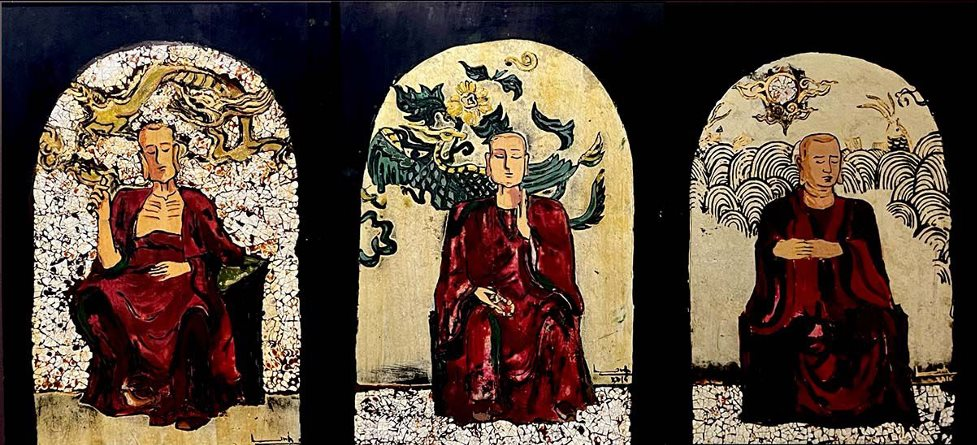
Lacquer painting (40x90cm)
This art exhibition features not only paintings but also countless other works of art in diverse materials, with the participation of 22 artists: Vuong Linh, Vu Huu Nhung, Nguyen Minh, Tao Linh, Binh Nhi, Lam Duc Manh, Le Minh Tri, Viet Anh, Nguyen Hong Phuong, Tran Hong Duc, Bui Thanh Thuy, Nguyen Minh Hieu, Phuong Binh, Le Thu Huong, Hoang Phuong Lien, Le Ngoc Han, Le Thiet Cuong, Nguyen Thanh Quang, Hong Viet Dung, Tao Linh, Nguyen Hong Quang, and Nguyen Quoc Thang.
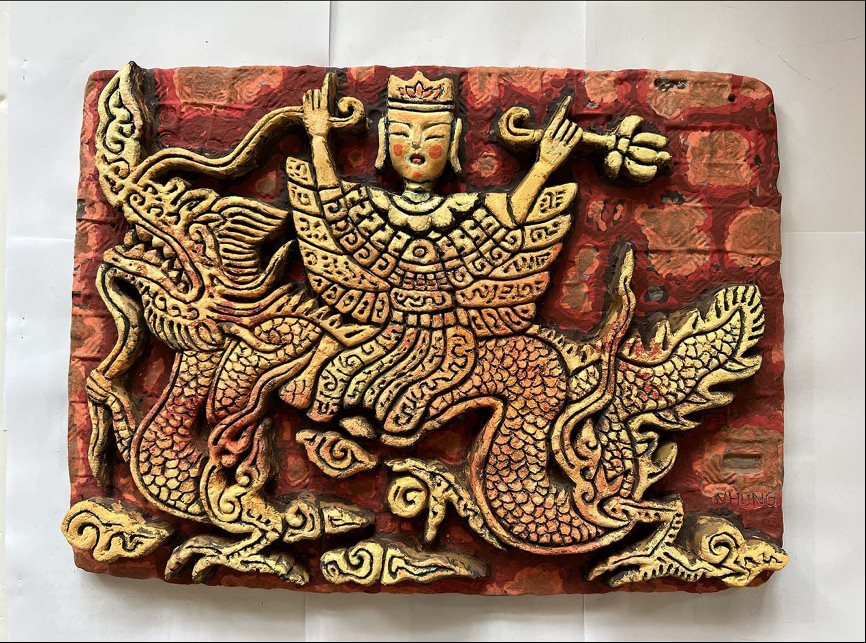
Ceramic (31x42cm)
Every year, the G39 group of artists in Hanoi usually paints the zodiac animal to welcome the new year. This year's exhibition is very special because the dragon is a symbol that holds a special place in the culture and beliefs of the Vietnamese people. The dragon is the foremost of the four sacred animals (Dragon,麒麟, Turtle, Phoenix). In ancient times, with the legend of the Dragon and the Immortal, the dragon was a source of pride for the Vietnamese people, representing their lineage and origins. The image of the dragon is also preserved in many sculptures, stone carvings, and wood reliefs, making it extremely distinctive in Vietnamese Buddhist art and in Dong Ho folk paintings.
Artist Binh Nhi, a long-time member of the G39 group, said that this year she participated with 8 works on the themes of dragon dances and flowers, using abstract brushstrokes and vibrant colors. “ The dragon in my painting is based on the idea of the Dong Ho folk painting 'Mouse Dancing with a Dragon.' The painting reflects the joyful dragon dance through personification, with the entire procession being made up of mice, happily dancing, playing trumpets, beating drums, and clanging gongs... flags waving, drums opening, dragon dancing to welcome spring and the Lunar New Year. The painting's free-flowing brushstrokes and vibrant colors express a yearning for peace, a prayer for favorable weather, and a peaceful and prosperous life. Some of my paintings depict flowers, with the upcoming Lunar New Year filling rural markets and alleyways with colorful flowers welcoming spring. Using abstract brushstrokes, the vibrant colors and shapes welcome the Year of the Dragon, with the wish for a prosperous, happy, and lucky new year for every household,” – Artist Binh Nhi explained about her works.
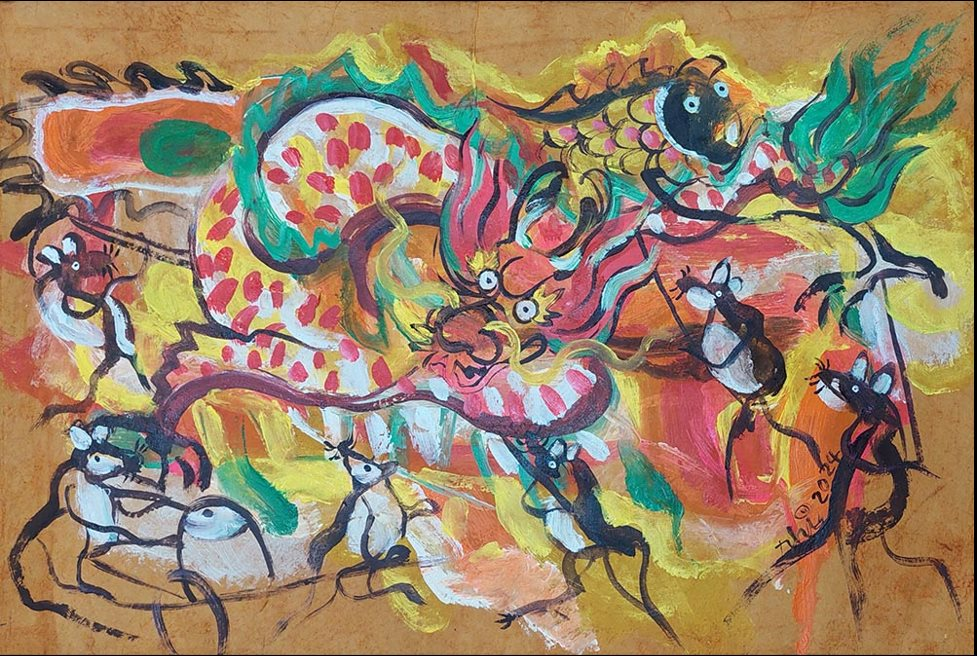
Acrylic on Lokta paper (52x77cm)
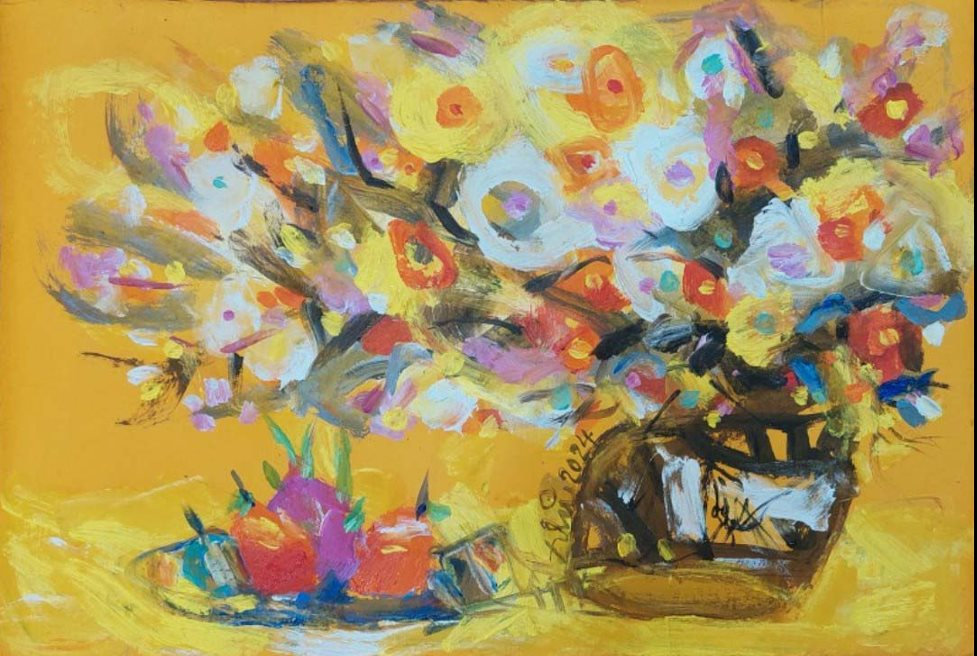
Acrylic on Lokta paper (52x77cm)
In an interview regarding whether the prices of the artworks were too high for customers and the aesthetic preferences of exhibition visitors, artist Binh Nhi shared: “The annual exhibitions mostly attract Vietnamese visitors. Personally, I've noticed that there are naturally many Vietnamese collectors, and most of them have a refined aesthetic sense and extensive knowledge of painting. Moreover, they are very discreet, humble, friendly, and open with the artists. When necessary, they share their thoughts frankly, because collectors look at paintings to see the artist, to see themselves. They buy paintings not just for the value of the artwork itself, but also because it contains the life of the artist and the life of society. Regarding the price of the paintings, I can confidently say that Vietnamese people are willing to own the works they love at a high price. ”
The "Dragon" exhibition welcomes this year's Lunar New Year with 95 works in diverse materials such as: lacquer, mixed media on Canson paper, acrylic on canvas, oil paint, torn paper, acrylic on Lokta paper, acrylic on fiberglass, silk, mixed media on canvas, lacquer on fabric, pigments on Do paper-backed canvas, iron, oil paint on canvas, acrylic on canvas, ceramics, pigments on newspaper, etc. It is hoped that the exceptional works of the G39 group of artists, carefully selected for the "Dragon" exhibition, will provide a wonderful visual experience and satisfy the desire of collectors and art customers to own unique works.
Exhibition opening: 5 PM, Wednesday, January 24, 2024
Location: Vietnam Fine Arts Museum, 66 Nguyen Thai Hoc Street, Ba Dinh District, Hanoi.
The exhibition will be on display from January 24th to January 30th, 2024.
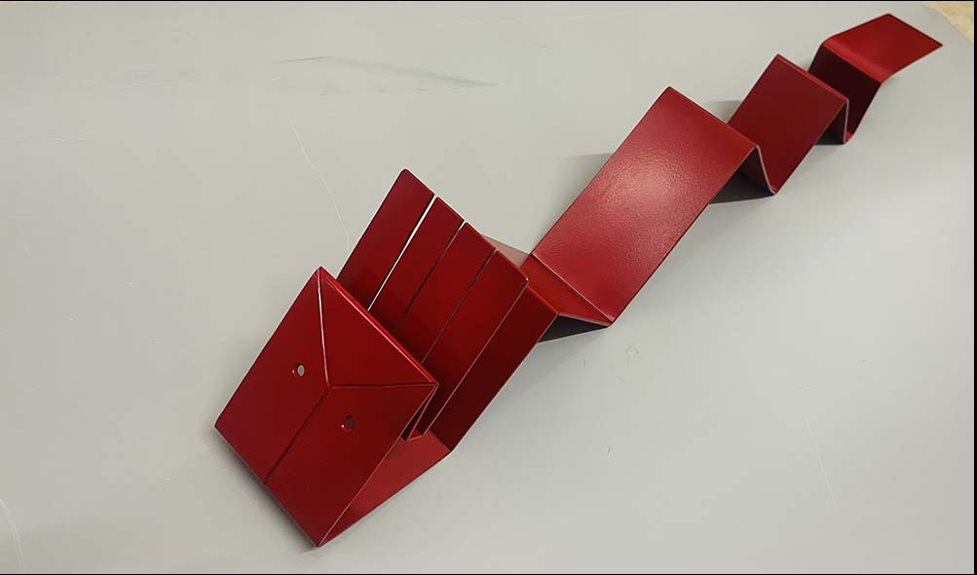
Painted iron (60x12x15cm)
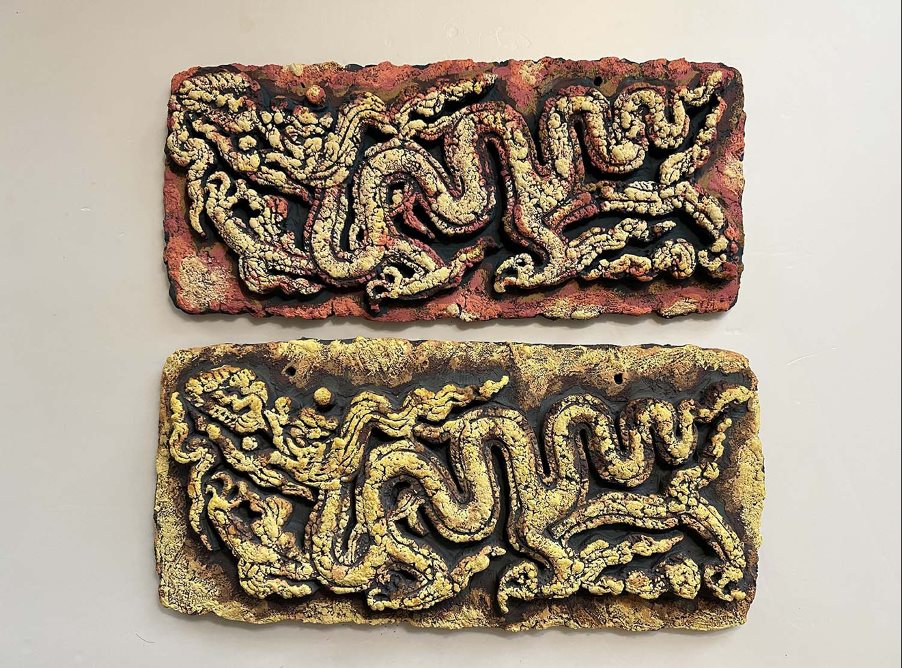
Ceramic (40x42cm)
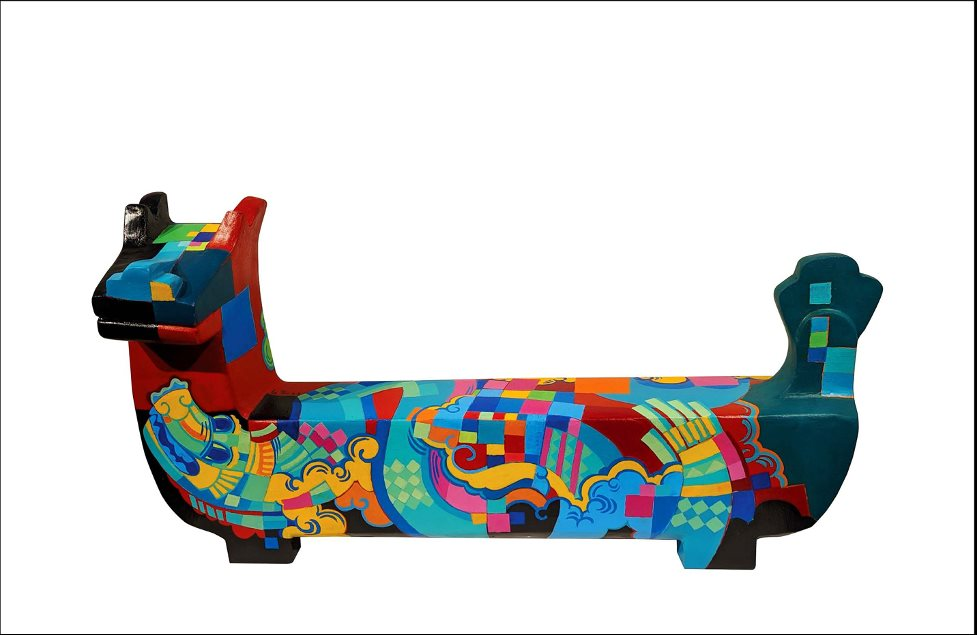
Acrylic on fiberglass (72x38x14cm)
Source link



![[Photo] Prime Minister Pham Minh Chinh attends the Conference on the Implementation of Tasks for 2026 of the Industry and Trade Sector](/_next/image?url=https%3A%2F%2Fvphoto.vietnam.vn%2Fthumb%2F1200x675%2Fvietnam%2Fresource%2FIMAGE%2F2025%2F12%2F19%2F1766159500458_ndo_br_shared31-jpg.webp&w=3840&q=75)



















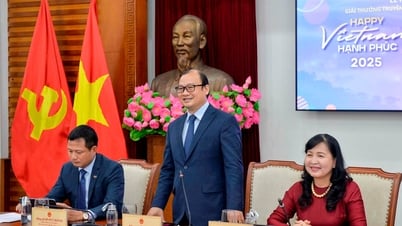

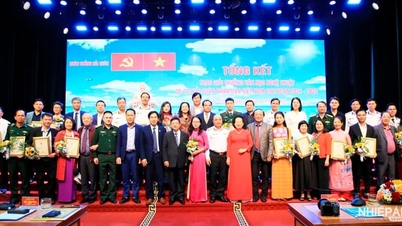

































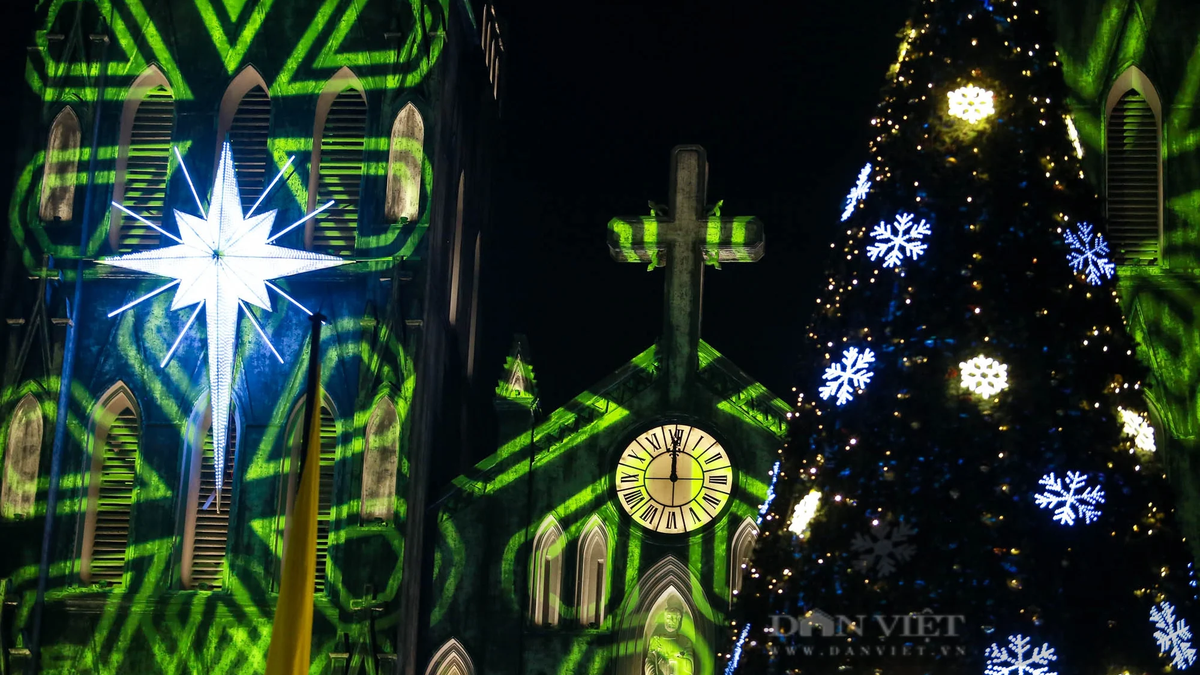



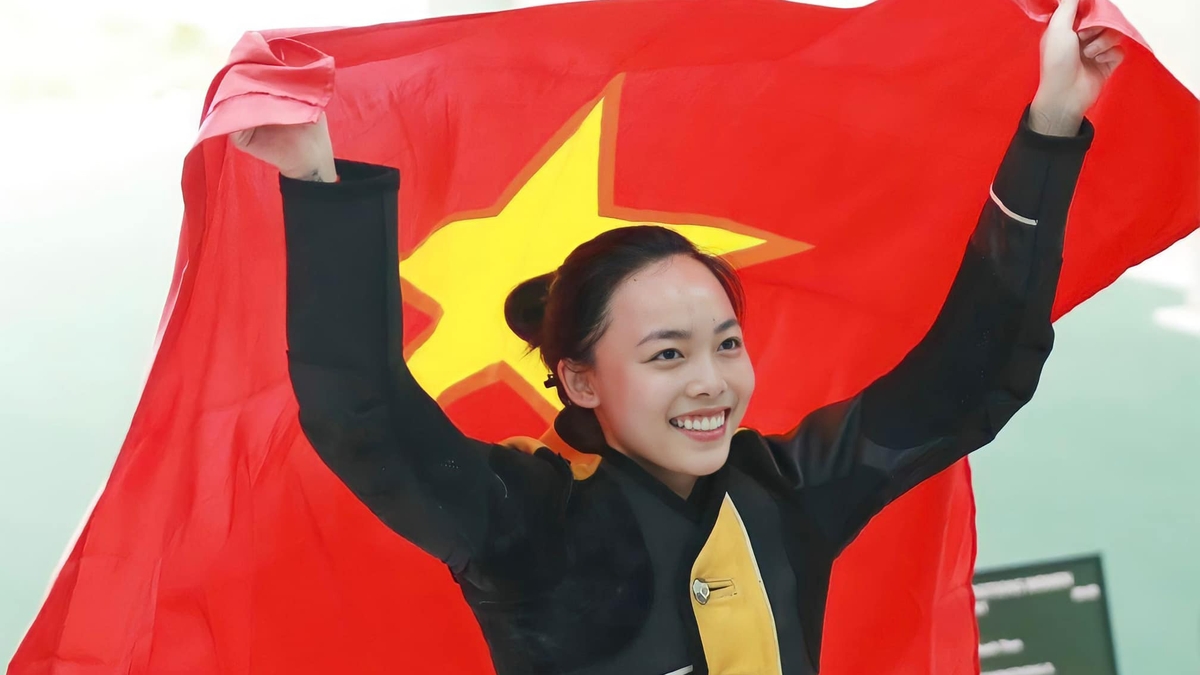





































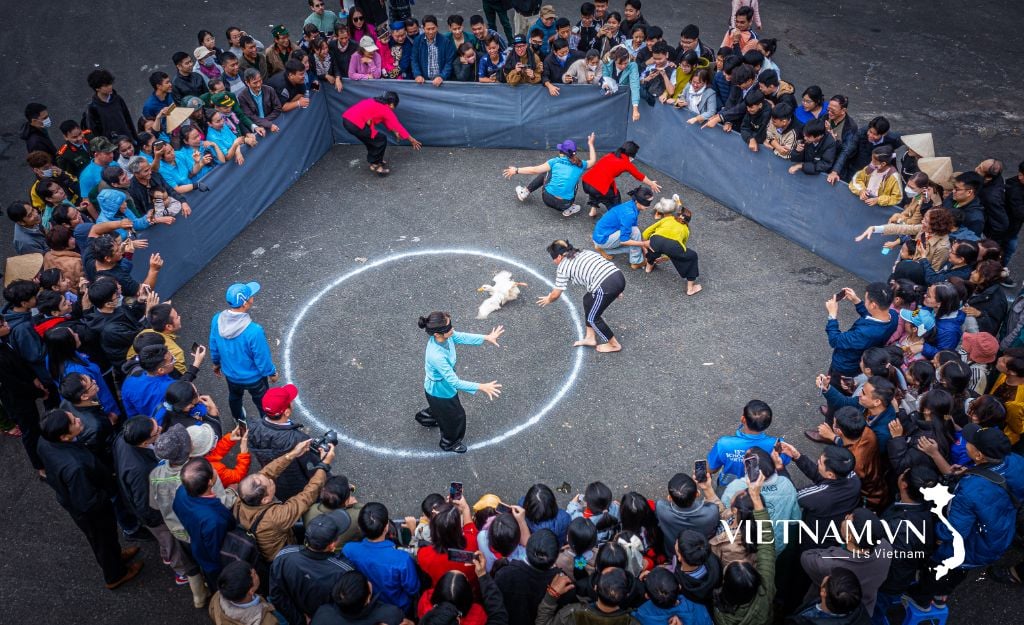

Comment (0)